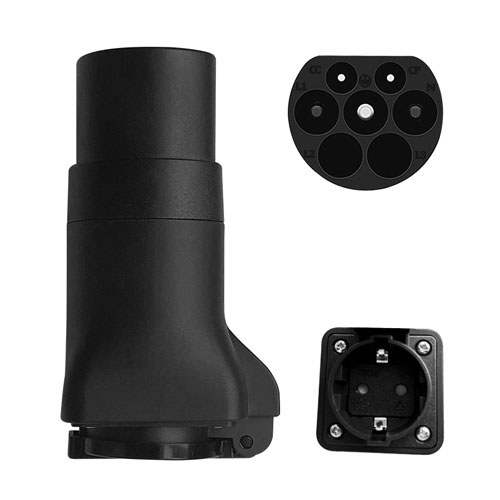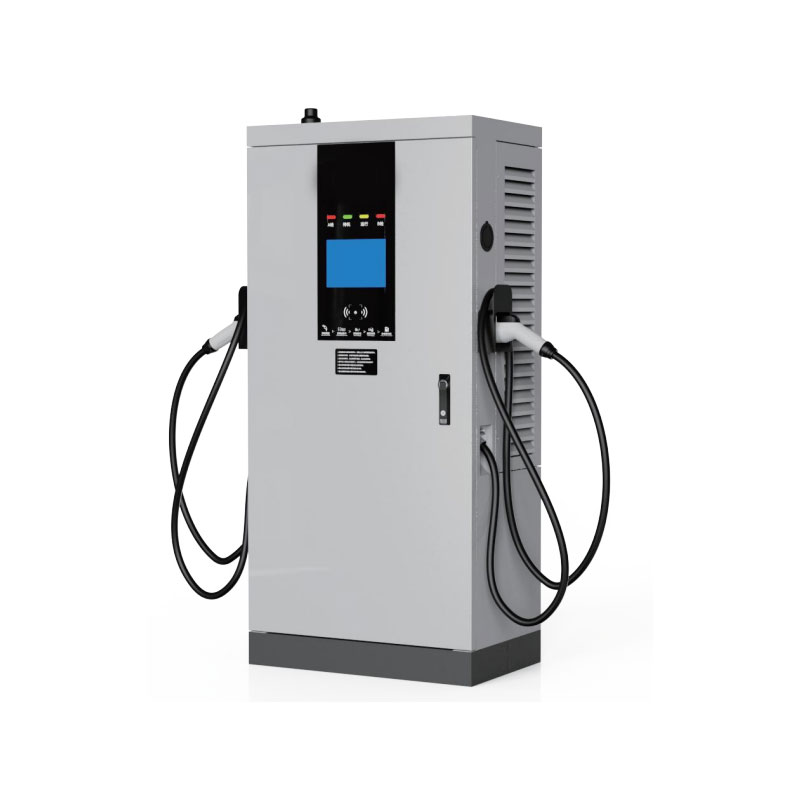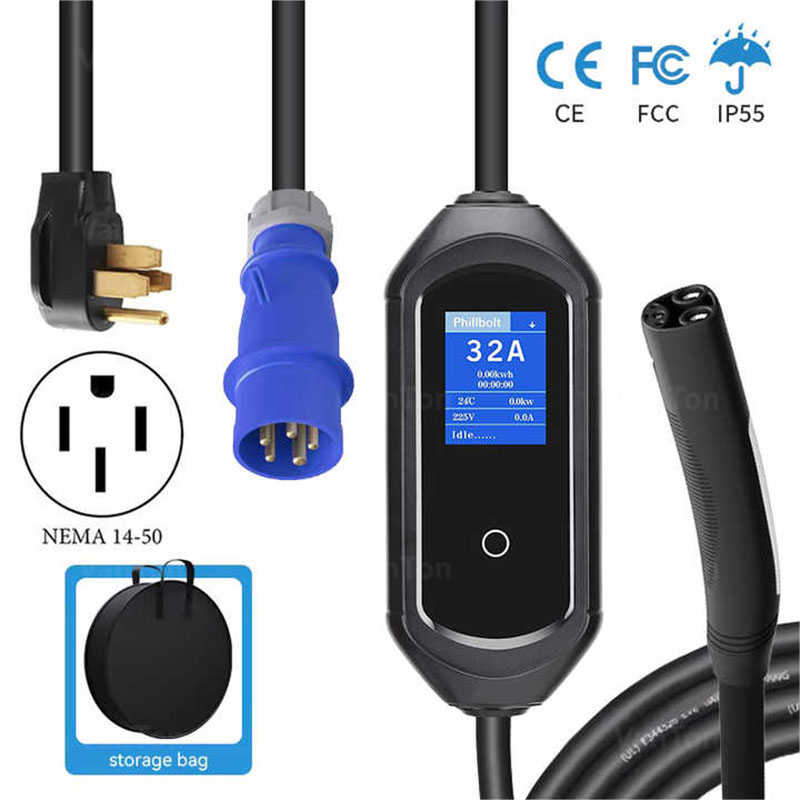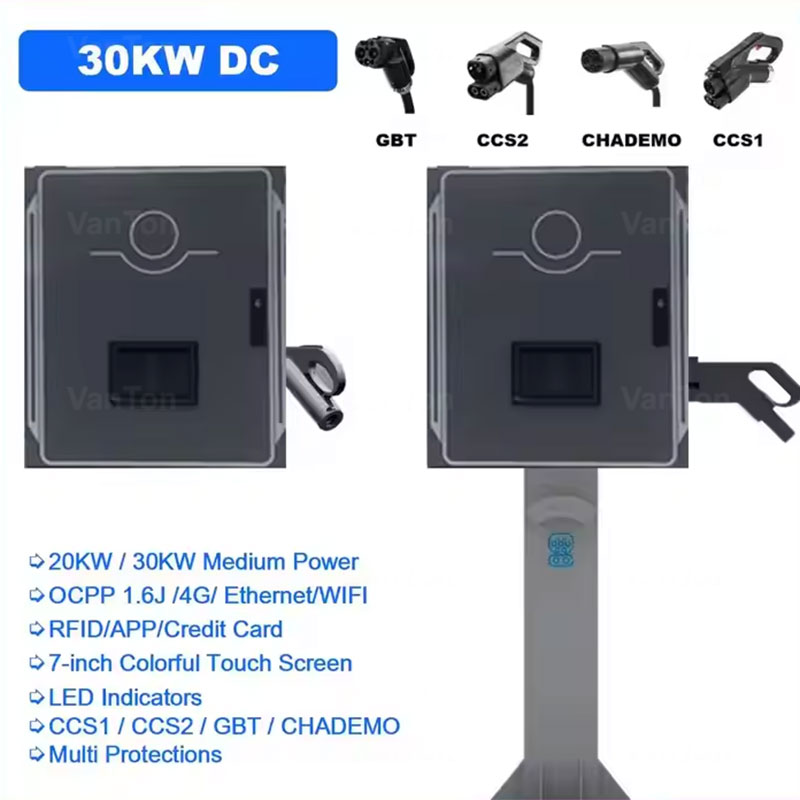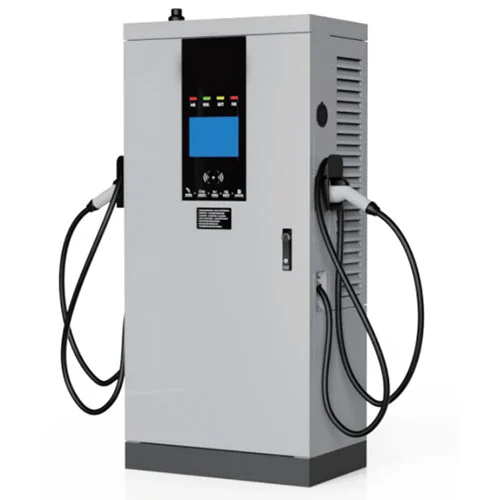How to solve the problem of overheating of electric vehicle charging cables?
With the increasing popularity of electric vehicles, charging technology will continue to evolve to meet the growing demand. However, the overheating of charging cables caused by long-term high-power charging has also become a major challenge, requiring timely and effective solutions to ensure safety and improve efficiency. What are the specific solutions? Ningbo Vanton EV Charger Co., Ltd. will give a detailed introduction today.
Optimize cable design: Improving the structure and materials used in charging cables can significantly improve their heat dissipation and temperature resistance. Using high thermal conductivity materials as the outer layer of the cable and increasing the heat dissipation area can effectively reduce the temperature of the cable when it works under long-term high load.
Introduce liquid cooling technology: Liquid cooling charging technology actively absorbs and takes away the heat generated by the cable by circulating cooling liquid in the internal channel of the charging cable, thereby keeping the cable temperature within a safe range. This technology not only improves safety and prevents cable damage or fire risks, but also reduces energy loss, improves charging efficiency, shortens charging time, and extends the service life of the cable. Control charging power: Reasonable control of charging power and avoiding long-term high-power charging can effectively reduce the risk of cable overheating. Use smart charging equipment to automatically adjust the charging power according to the battery status and ambient temperature to ensure that the charging process is carried out within a safe power range.
Regular inspection and maintenance: Regular inspection and maintenance of charging cables are key measures to ensure their long-term stable operation. Ensuring that the cable is well connected and well insulated, and cleaning up debris and dust around the cable, will help maintain good heat dissipation.
Provide charging protection function: Equip the charging device with an overheating protection function. When the cable temperature is detected to exceed the safe range, it will automatically stop charging or reduce the charging power to protect the cable and charging equipment from damage.

Solving the problem of overheating of charging cables requires comprehensive consideration from multiple aspects and taking corresponding measures. With More than ten years of industry experience and a professional technical team, Vanton is committed to providing world-class new energy charging application technology services. Its liquid-cooled charging cable complies with IEC62893 certification and has obtained TUV, UL, and CQC certifications, showing excellent safety and reliability.
- Are EV Charging Adapters Safe for Daily Use
- Which DC EV charger helps me win more drivers and profit sooner?
- What Makes A DC EV Fast Charging Project Actually Work?
- What did I learn when a DC fast charger became part of my everyday business?<
- How fast is a DC EV charger?
- What Makes the GBT to Tesla Adapter a Game-Changer for EV Charging?








